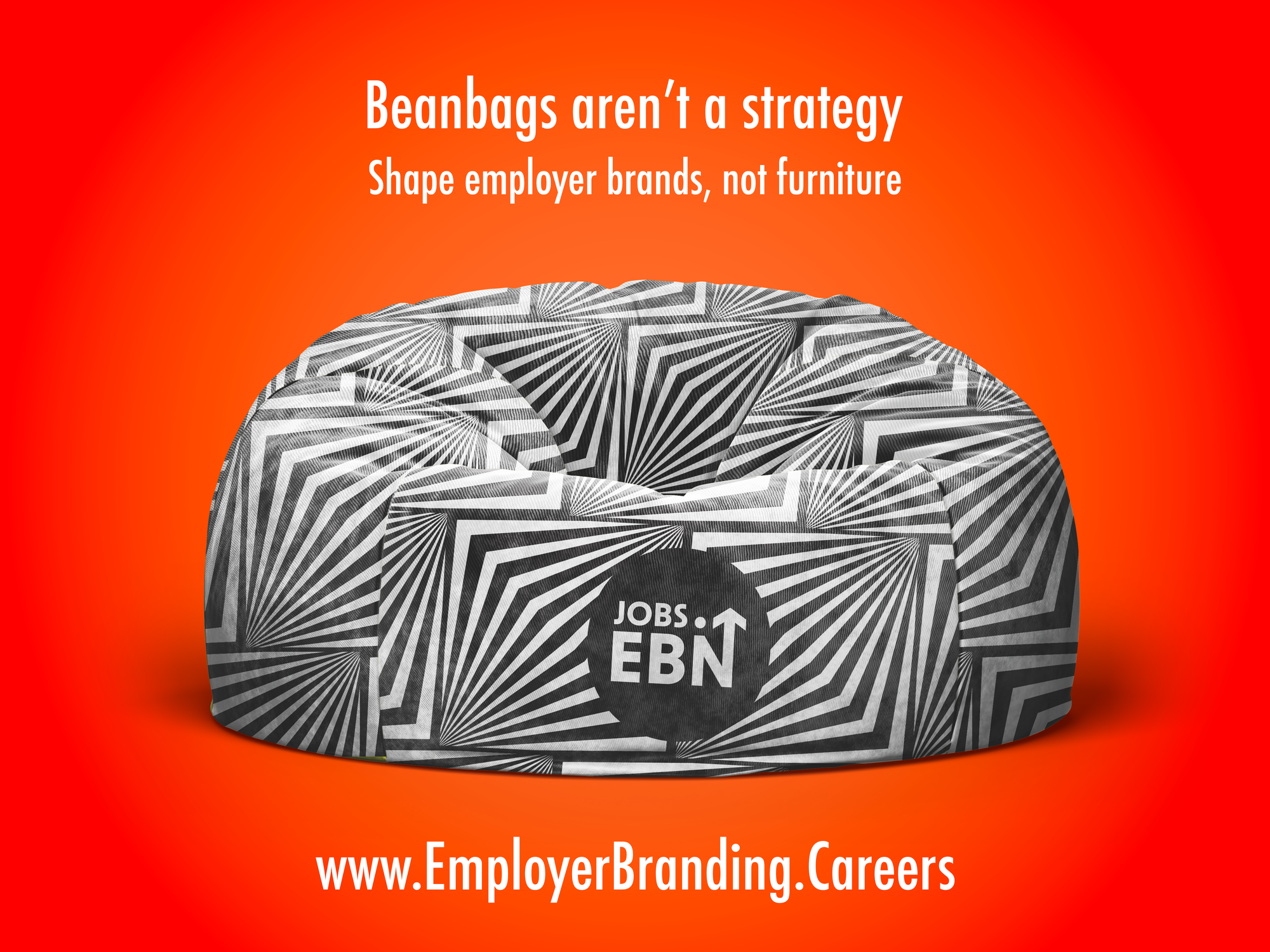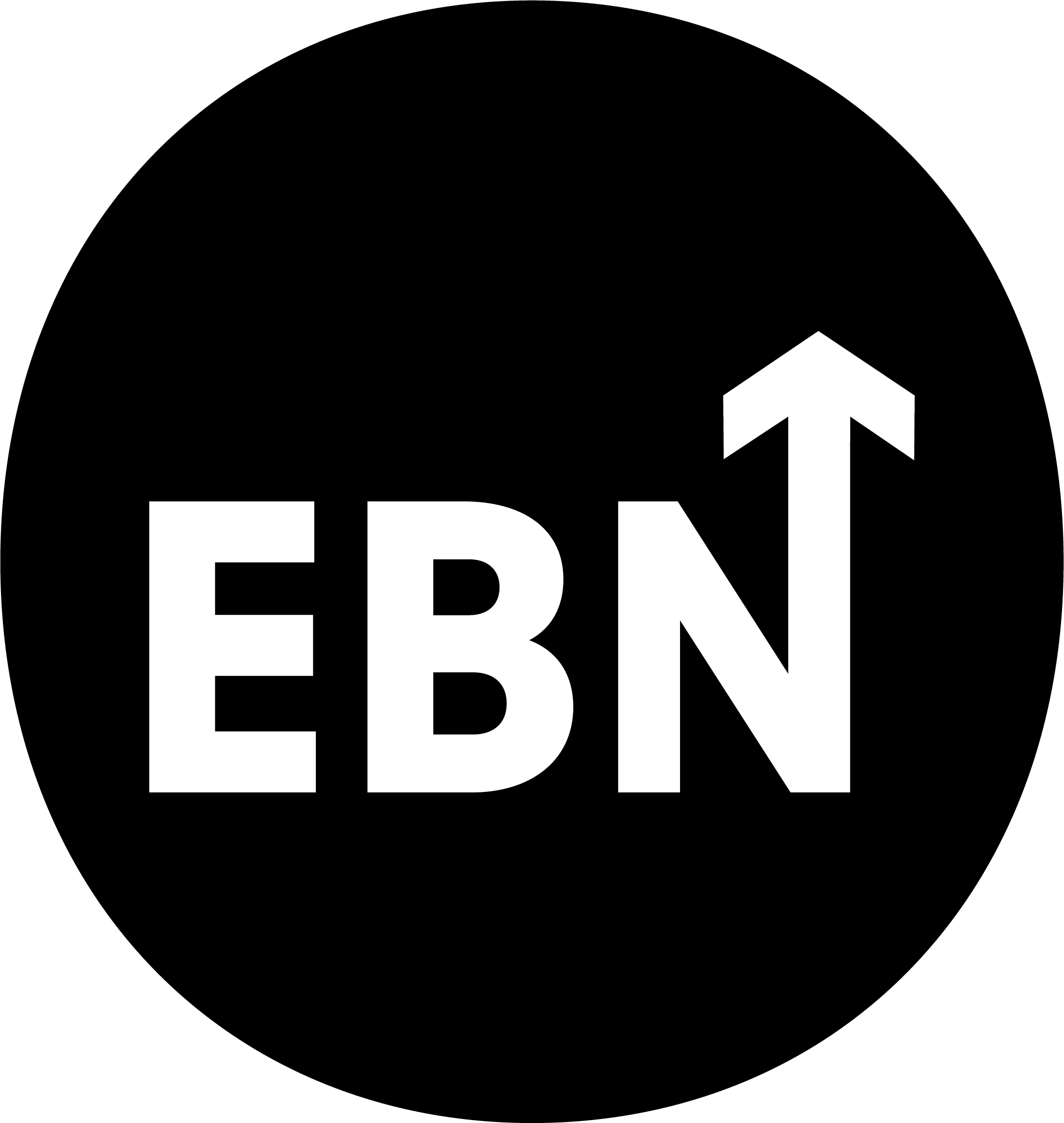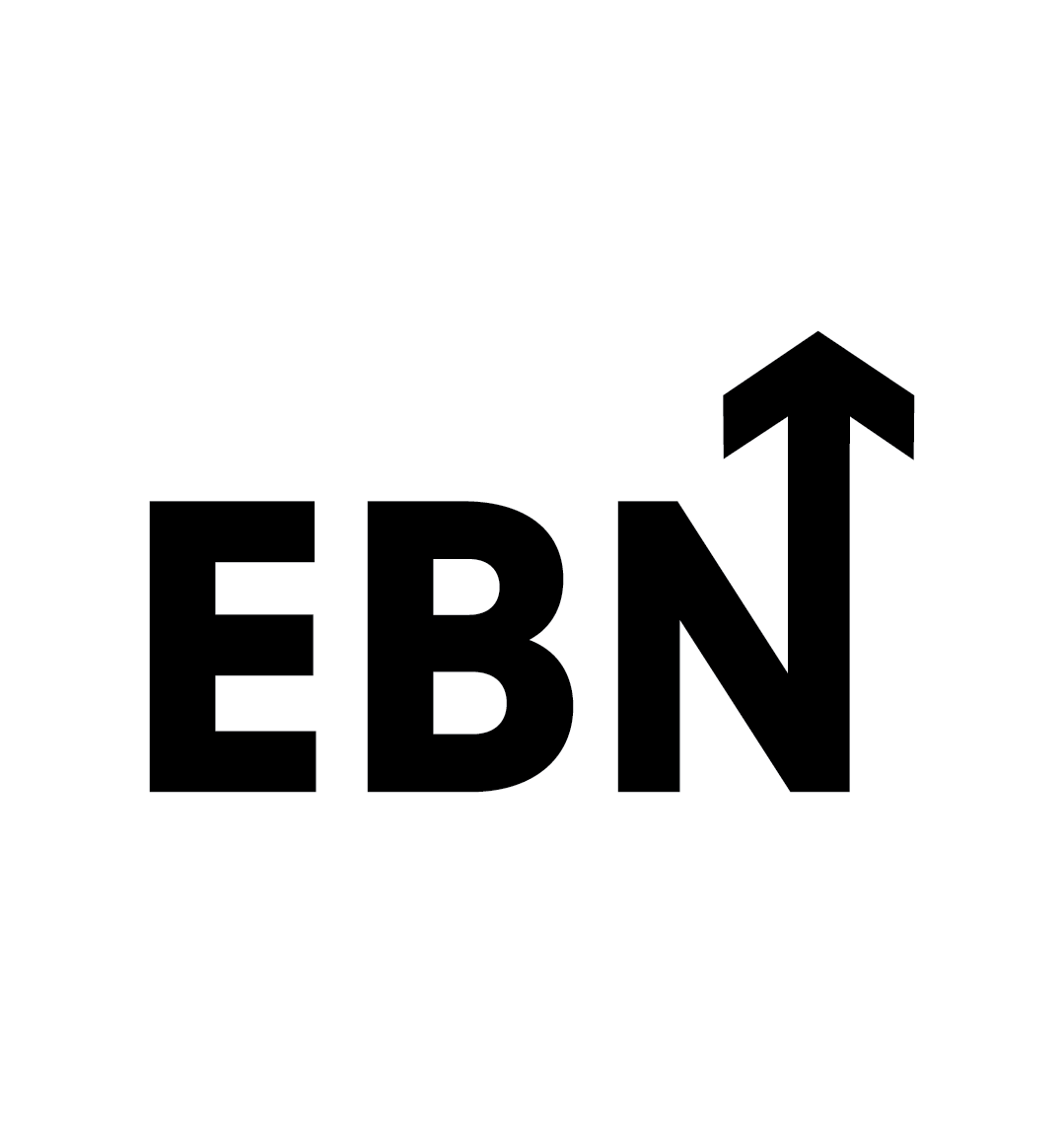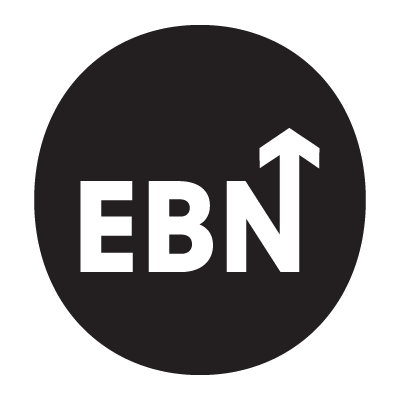With the talent market in a state of flux and employers rapidly changing tact with their recruitment and employer branding strategies, how do EVPs look in 2024?
In the ongoing tussle to capture top talent, having talent communications that are consistent, compelling, differentiating, realistic and credible is more important than ever. Without said communications, why would scarce qualified talent pay any attention to such an employer when the rest of the world is already vying for their attention… and signature? This is usually where the ubiquitous employer value proposition (EVP) steps in. An EVP done well, with the “correct” data, aligned with the business, and finished off with a sprinkling of creativity, is still the best tool in the box for giving the consistency, focus, and measurability that employers need in order to compete in the gladiatorial arena of today’s fickle recruitment market.
Unlike a new pet dog, however, an EVP isn’t for life. In the increasingly fast paced world we live in, there are just too many variables to contend with to create something that lasts more than (in my experience, at least) about three to four years before some kind of reworking is required. That’s not to say you need to throw the baby out with the bath water each time, but that dirty water will certainly need changing regularly.
Talent preferences and priorities change over time, the culture and ‘deal’ employers offer changes over time, as do economic factors and the world of work itself. For these reasons, tracking the trends, fads, and fashions of EVP themes and employer branding content is not only interesting it’s a real litmus test of the state of the current recruitment market and, where the world’s most attractive (and well heeled) employers are concerned, something of a bellwether, too.

Fathom Talent Attraction
Fathom provides rigorous research, evidence-backed strategies, and data-driven employer branding
This is why I was especially interested to see what the 800+ global talent leaders were saying in the recently released EB Now study conducted by Universum, an annual study into employer branding and talent attraction trends that started back in 2015. This useful piece of research helps employers to benchmark against their peers and the best brands in the business, and is consistently a treasure trove of insights, trends and knowledge.
Some of the insights were exactly as you’d expect, recruitment volumes are down (but perhaps not by as much as you expected), the recruitment environment is challenging and especially for tech talent, lots of emphasis on AI adoption, and a continued march towards hiring for skills. Where I found the report most interesting, however, was the evolving trends concerning the elements within EVPs.
So, what did the 800+ TA and EB leaders say?

Purpose is king, again!
Topping the list of the most used elements in an EVP was an inspiring purpose, an element chosen by 44% of employers in the survey. This is up by 11 percentage points since 2023 making it a clear and strong EVP trend. To put that in perspective, the next most selected element overall was training and development, which was selected by 30% of the employers in the survey, a change of minus one percentage point since last year.
Survey Results: All 876 employers
| EVP Element | Selected by (%) | vs. 2023 |
|---|---|---|
| Inspiring purpose | 44% | +11% |
| Training and development | 30% | -1% |
| Flexible working | 25% | -1% |
| Friendly environment | 25% | +1% |
| Diversity and inclusion | 23% | -15% |
| Sustainability | 22% | NA |
| Personal impact | 21% | -10% |
If I look back over the past decade there was a period prior to the pandemic where purpose flew into vogue where EVP was concerned. It might have taken a back seat over the past four years but now seems to be back with vengeance. EY’s ‘Building a better working world’ and Google’s ‘Do cool stuff that matters’ are just a couple of purpose driven taglines reminiscent of that era.
So, just how attractive to talent is an inspiring purpose? I’d say, if done right, highly so. However, there are several caveats to take note of. First and foremost, purpose is certainly more of a priority to the younger generations than those who are mid-career and up. For those later in their career, inspiring purpose does tend to slip down list of priorities quite sharply. Then you need to consider that not all industries, and employers within those industries, have an equal start in life when trying to articulate their purpose. For example, it’s much easier to inspire talent with a sense of purpose when you work at Greenpeace compared to a manufacturer of tobacco or missiles (and no, I don’t believe talent is so gullible as to swallow the line about keeping people safe).
For most, the bottom line is this; when it comes to attracting talent based on how inspiring your company purpose is to them (not you or the leadership), it not only must be compelling, but also needs to come across as believable and sincere. Conducting the research and looking at the data is the best way to see where you, your employees, and your target talent sit on this one but, in the absence of data, honestly answering this question for yourself is a good start – am I and the people I work with genuinely inspired by the purpose of [insert employers name here]?

Fathom Talent Attraction
Fathom provides rigorous research, evidence-backed strategies, and data-driven employer branding
Diversity and inclusion tumbles
Amongst all employers surveyed, the biggest year-on-year drop was that of diversity and inclusion, which dropped by 15 percentage points to fifth on the list. Okay, that doesn’t mean it’s out, it’s still an element that 25% of employers are talking about in their EVP, but that is quite a tumble from 40% of employers the year before.
My take is this, DE&I, as important as it may be, is evolving into less of an attraction driver and more of a hygiene factor. I’ve seen this trend repeatedly in the data in recent years and I think more and more employers are figuring this out, too. The fact is that, nowadays, talent simply expects employers to care enough about DE&I that it almost goes without saying.
Of course, there are always exceptions. If an employer has suffered from poor DE&I in the past and is on a path towards repairing and undesirable reputation, then communicating this would be much more important and worth considering as part of an EVP. Equally so, for those in industries that really suffer from a systemic imbalance - such as increasing representation of female engineers in mining - then this level of alignment with key business objectives could also make it worthy of consideration.
The world’s top employers are quite aligned, maybe even too aligned.
When the data is sliced differently and we look exclusively at the world’s most attractive employers, as identified through Universum’s own global research, the story somewhat changes. Inspiring purpose is still top, this time with a whopping 60% of employers using it in their EVP, a +5% increase from 2023. Diversity and inclusion, unlike with the general pool of employers, isn’t dropping, it’s climbing (+8% YoY) and is sat second on the list with 46% of employers selecting it. The third most selected EVP element and the one trending up most sharply (+9%) is innovation, an element that was scarcely selected by the general population of employers in the survey.
Survey Results: The world’s most attractive employers (n=52)
| EVP Element | Selected by (%) | vs. 2023 |
|---|---|---|
| Inspiring purpose | 60% | +5% |
| Diversity and inclusion | 46% | +8% |
| Innovation | 40% | +9% |
| Training and development | 30% | -1% |
| Personal impact | 26% | -5% |
| Well-being | 24% | -5% |
| Flexible working | 24% | -2% |
When looking at this data what struck me was how aligned the world’s leading employers seem to be when it comes to the elements within their EVP. The top three elements were out in the lead by quite a margin. It makes me wonder if standing out from other top either has been overlooked or if the battle for differentiation is not being fought at the level of themes but, instead, at the level of creative execution.
The obvious conclusion here is that these themes must be so attractive to talent that all the top employers simply want to focus on them. The logic certainly stands up. However, a quick look around will show us that purpose, DE&I, and innovation are, although important, rarely the most attractive elements to talent or top priorities for those selecting employers.
There’s no doubt that standing out and being different is one of the hardest things to get right in employer branding. The biggest impediment is usually the magnetism of safe spaces and diluted messaging in place of the boldness that can give a brand a much-needed edge in a sea of noise. Some of the nannying is understandable as an EVP needs to be born from reality, however fortune favours the brave and one of the quickest ways to become the employer you dream of being is by getting out there and talking about it.
Takeaways
What are the top themes in EVPs for 2024?
The top themes include inspiring purpose, training and development, work-life balance, diversity and inclusion, innovation, competitive compensation, career growth opportunities, CSR, employee well-being, and remote work models.
How important is an inspiring purpose in an EVP?
An inspiring purpose is highly important, especially for attracting younger generations. It must be compelling, believable, and align with the company's actions.
Why has diversity and inclusion dropped in importance?
Diversity and inclusion have become more of a baseline expectation rather than a standout feature. However, it remains crucial for industries with historical imbalances.
How can employers emphasize innovation in their EVPs?
Employers can highlight their investment in cutting-edge technology, a culture of innovation, and opportunities for creative problem-solving to attract forward-thinking talent.
What role does work-life balance play in EVPs?
Work-life balance is a significant factor for many job seekers. Offering flexible work arrangements and wellness programs can make an EVP more attractive.
How can employers improve their EVPs in 2024?
Employers can improve their EVPs by focusing on current trends, tailoring their messaging to different demographics, and ensuring their propositions are genuine, compelling, and aligned with company values.
Conclusion
In 2024, top employers are focusing on themes like inspiring purpose, training and development, work-life balance, diversity and inclusion, and innovation in their EVPs. These elements, when communicated effectively, can help to compel too talent to apply and accept offers. Employers must continually adapt their massing (through their EVP) to reflect changing talent preferences and market conditions, ensuring they remain compelling and relevant.


EBN Jobs - Global Employer branding Roles
Let’s be real: a great employer brand is about more than quirky seating and trendy perks. Your next career move should be built on substance where your strategy defines the culture, not the furniture.
Ready to make a real impact? Join Employer Branding Jobs and discover roles where strategy matters more than style.




